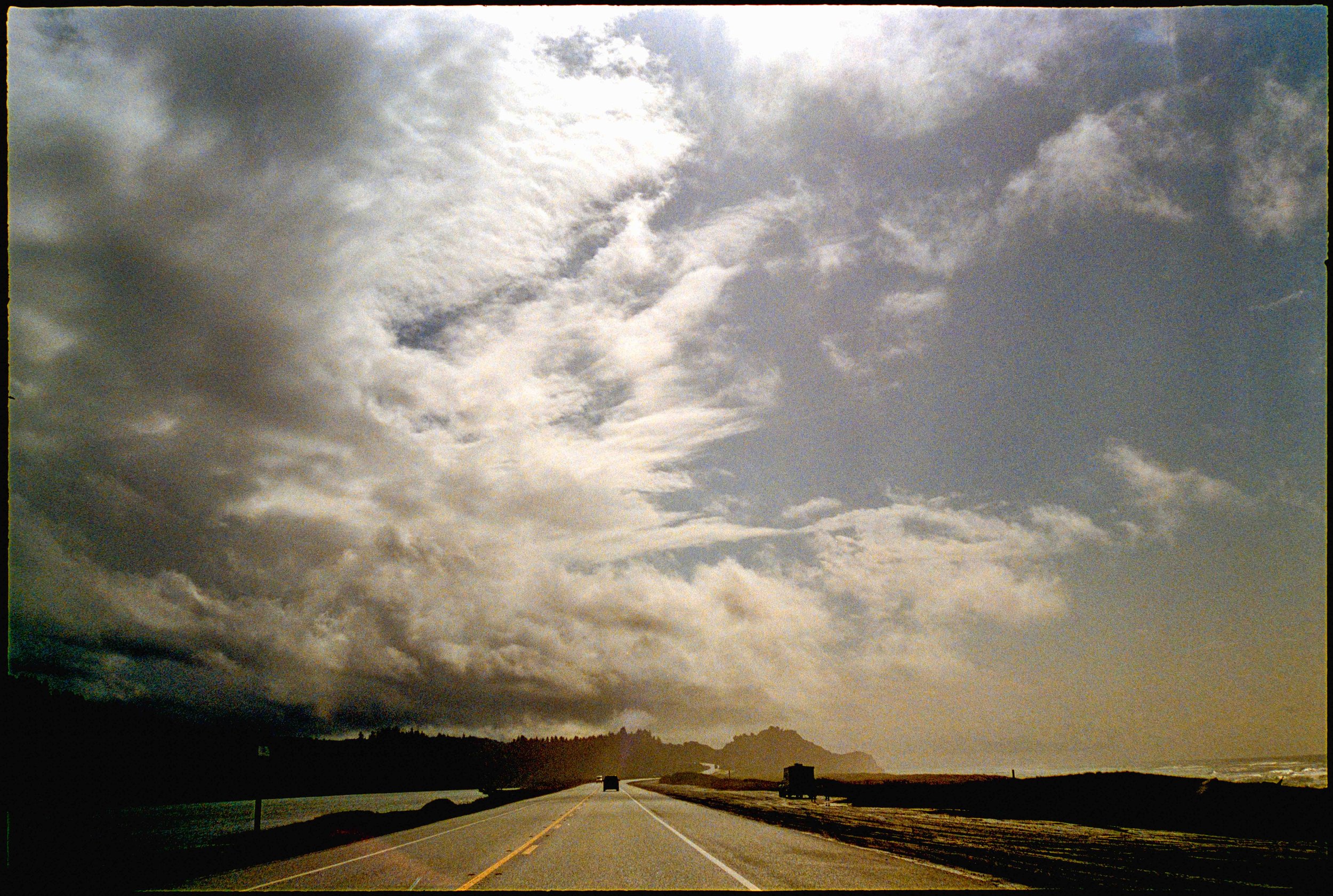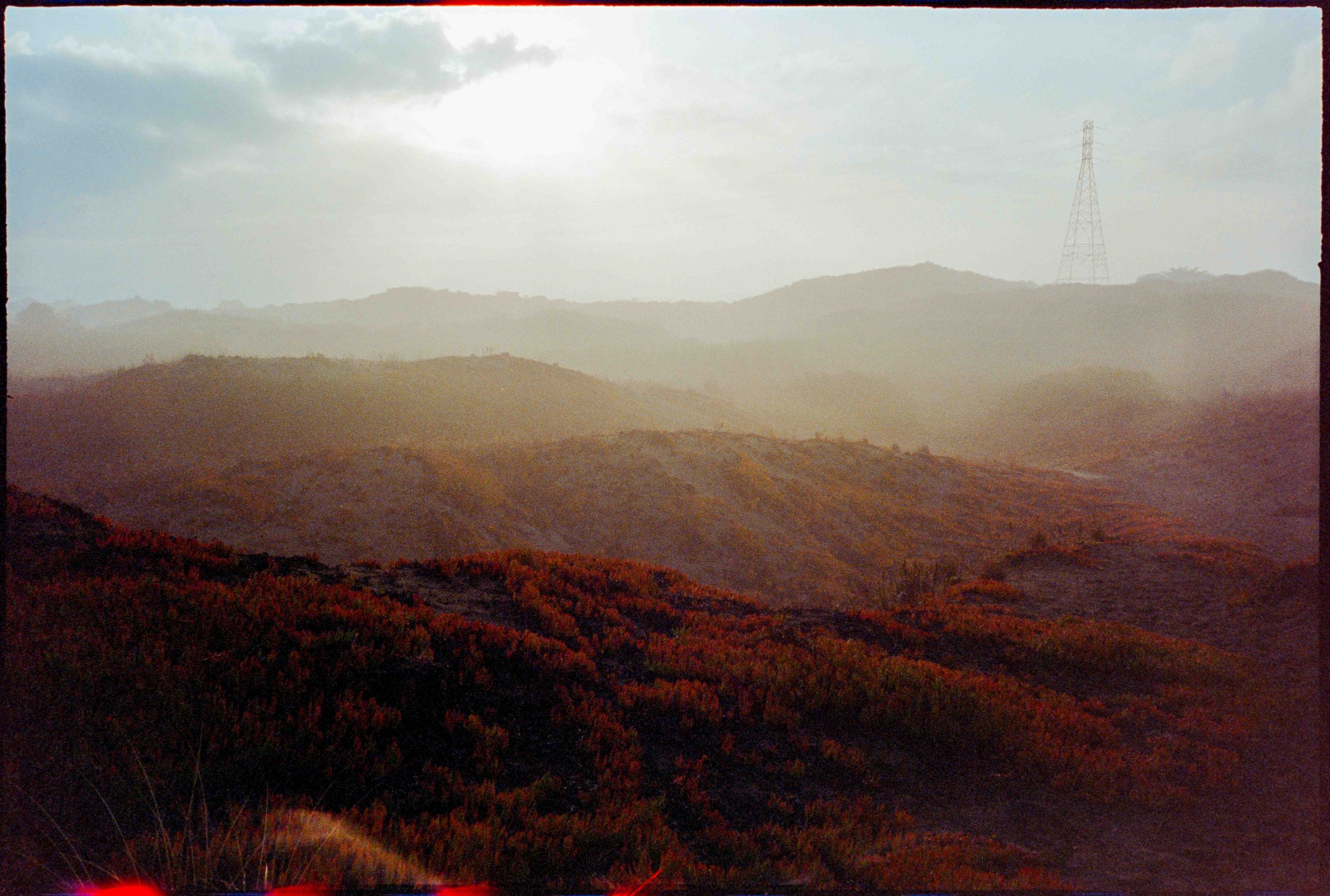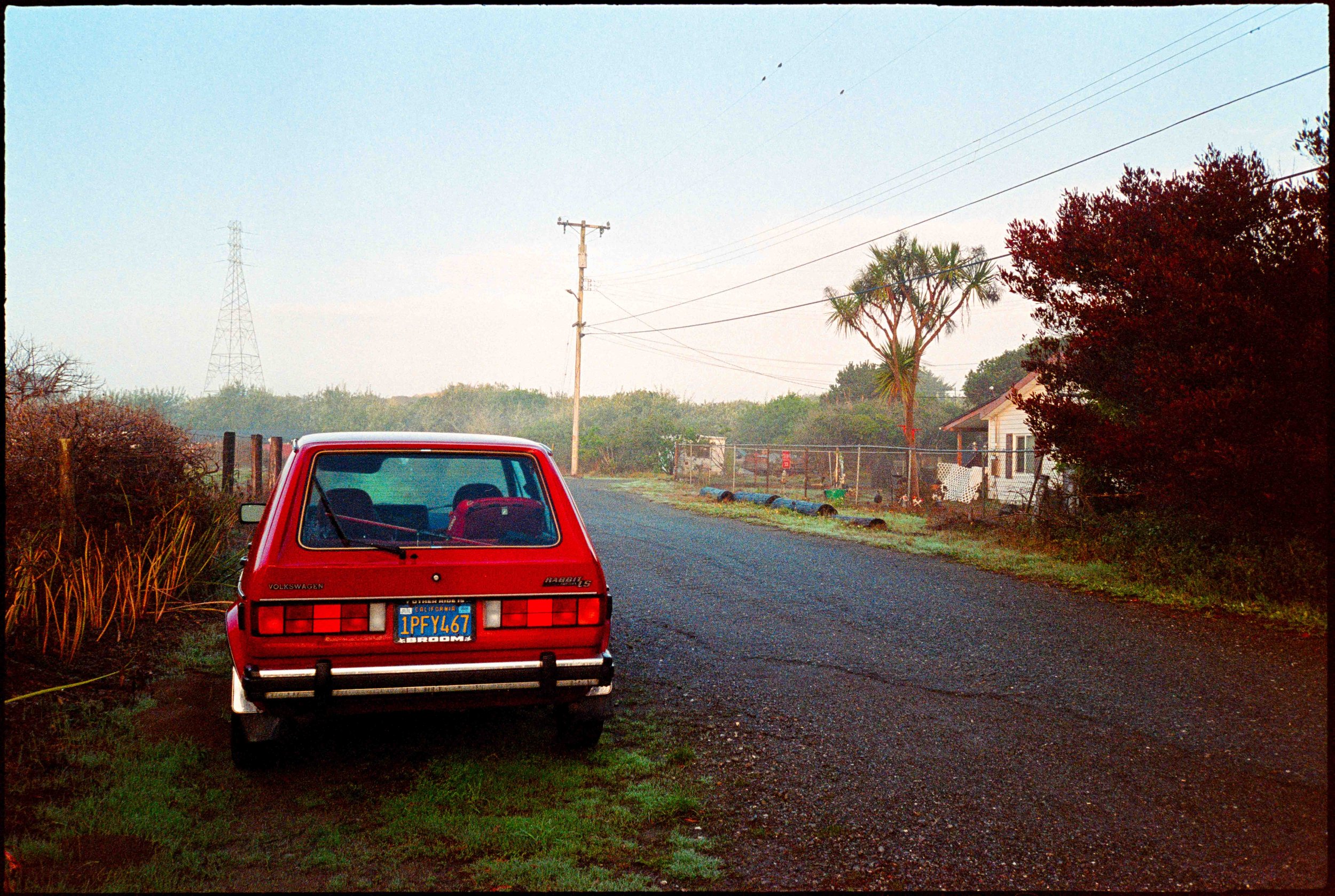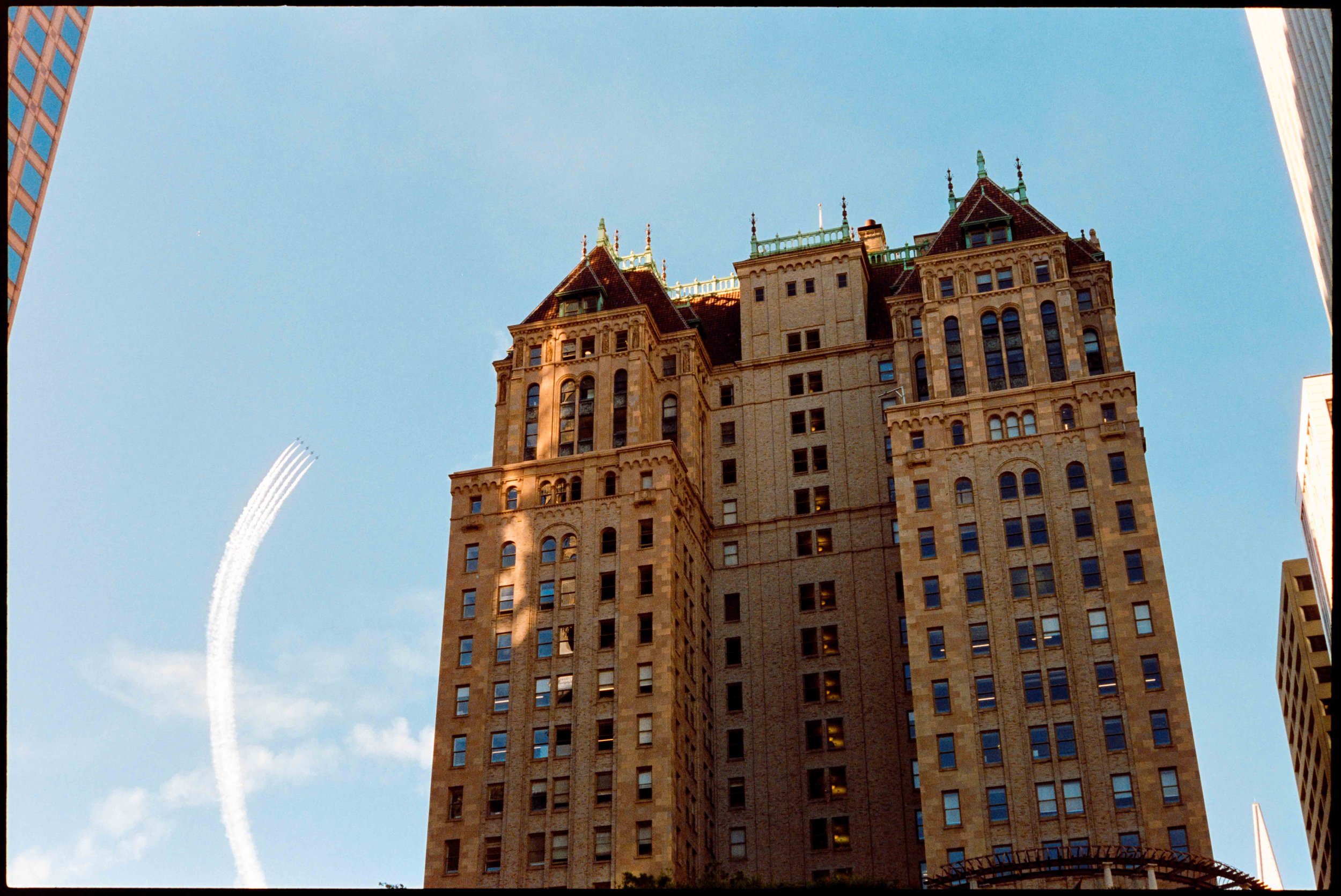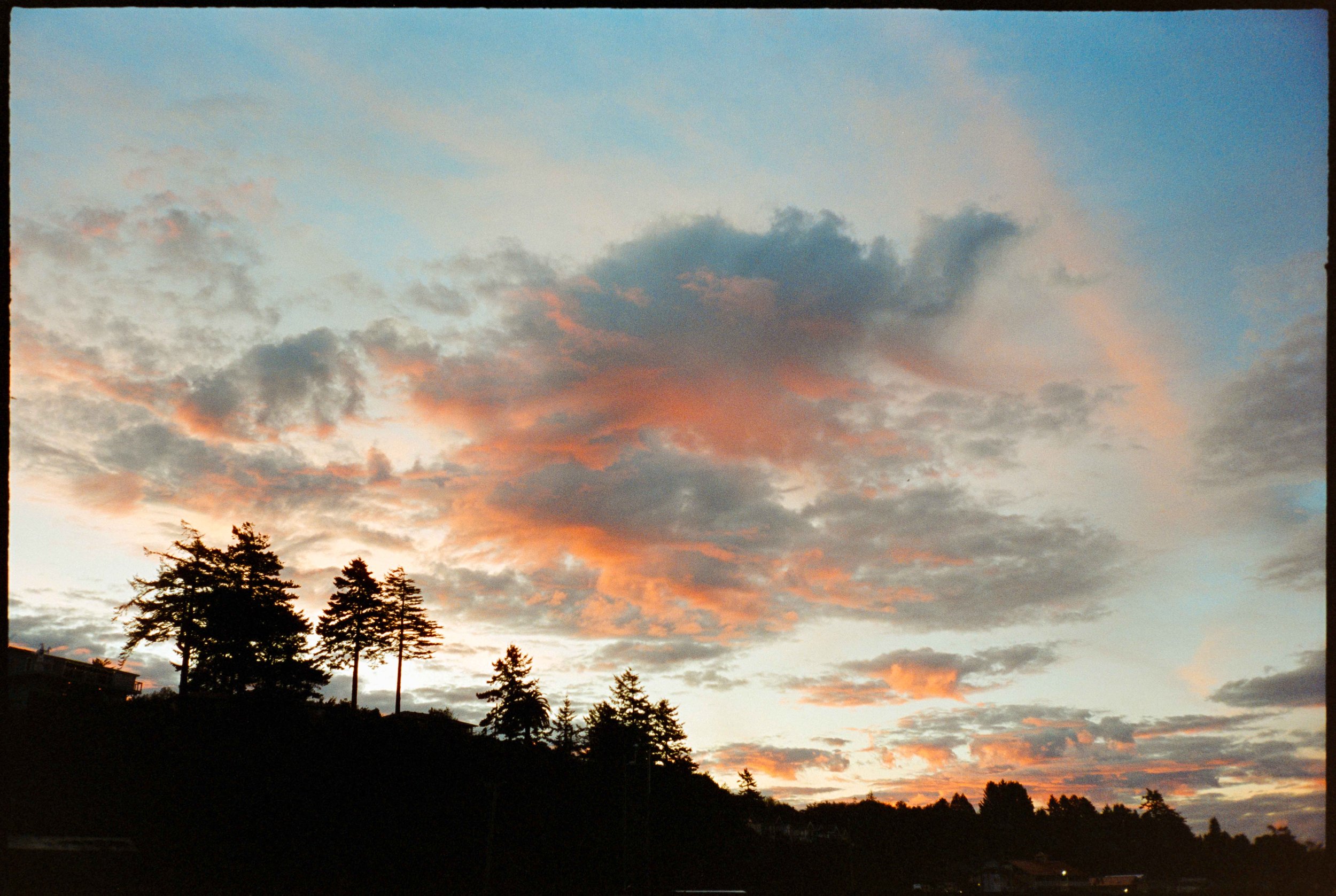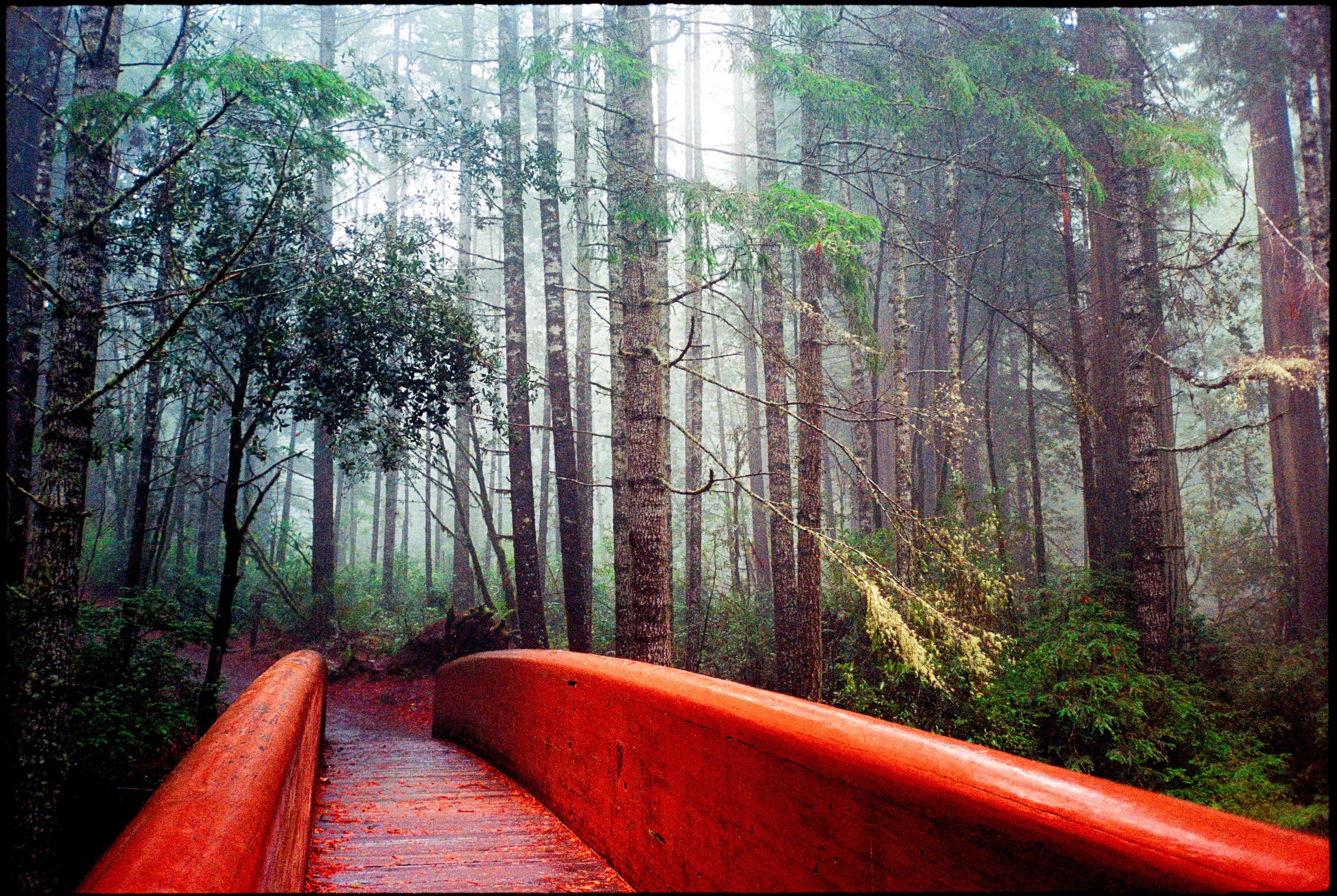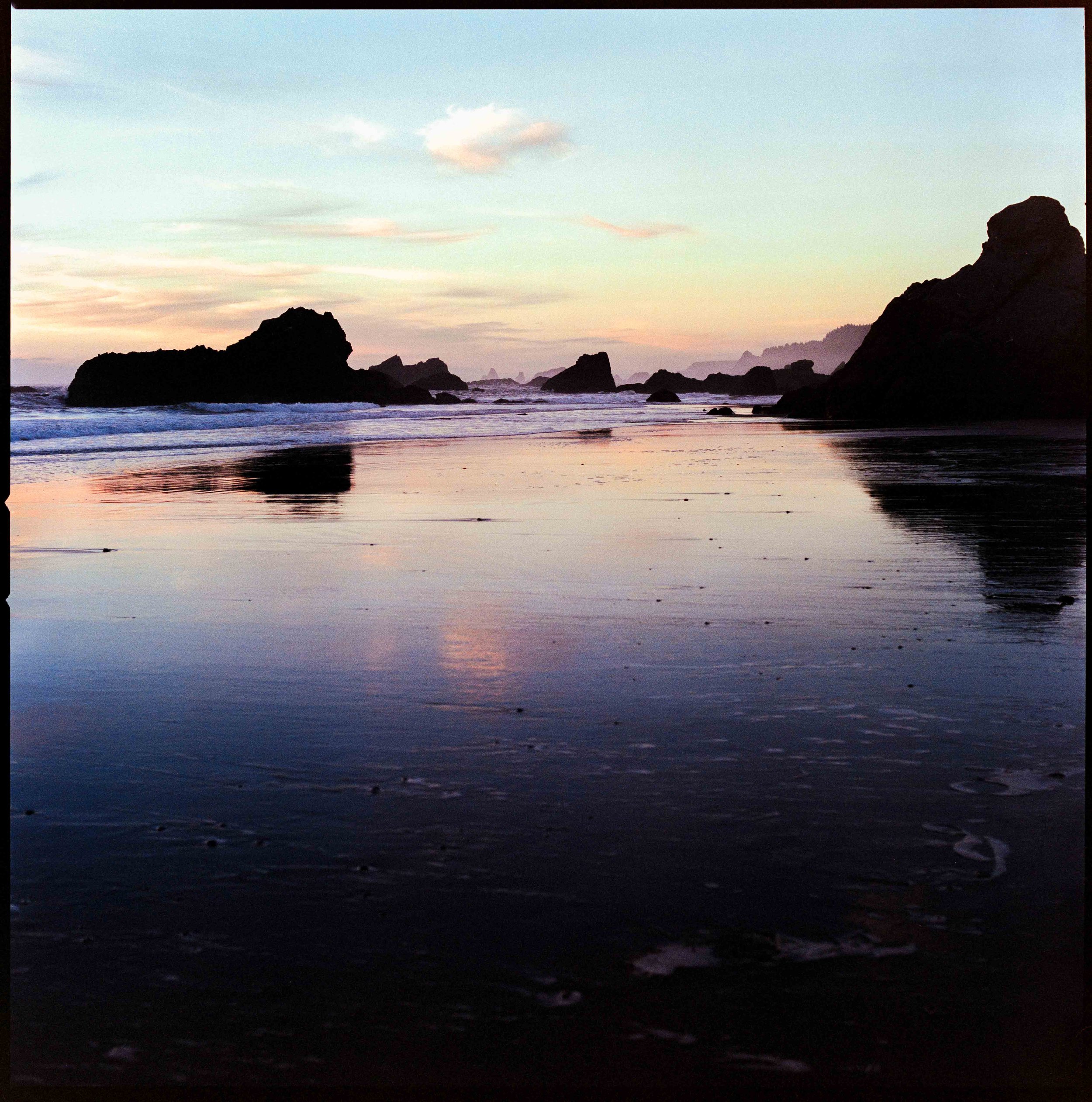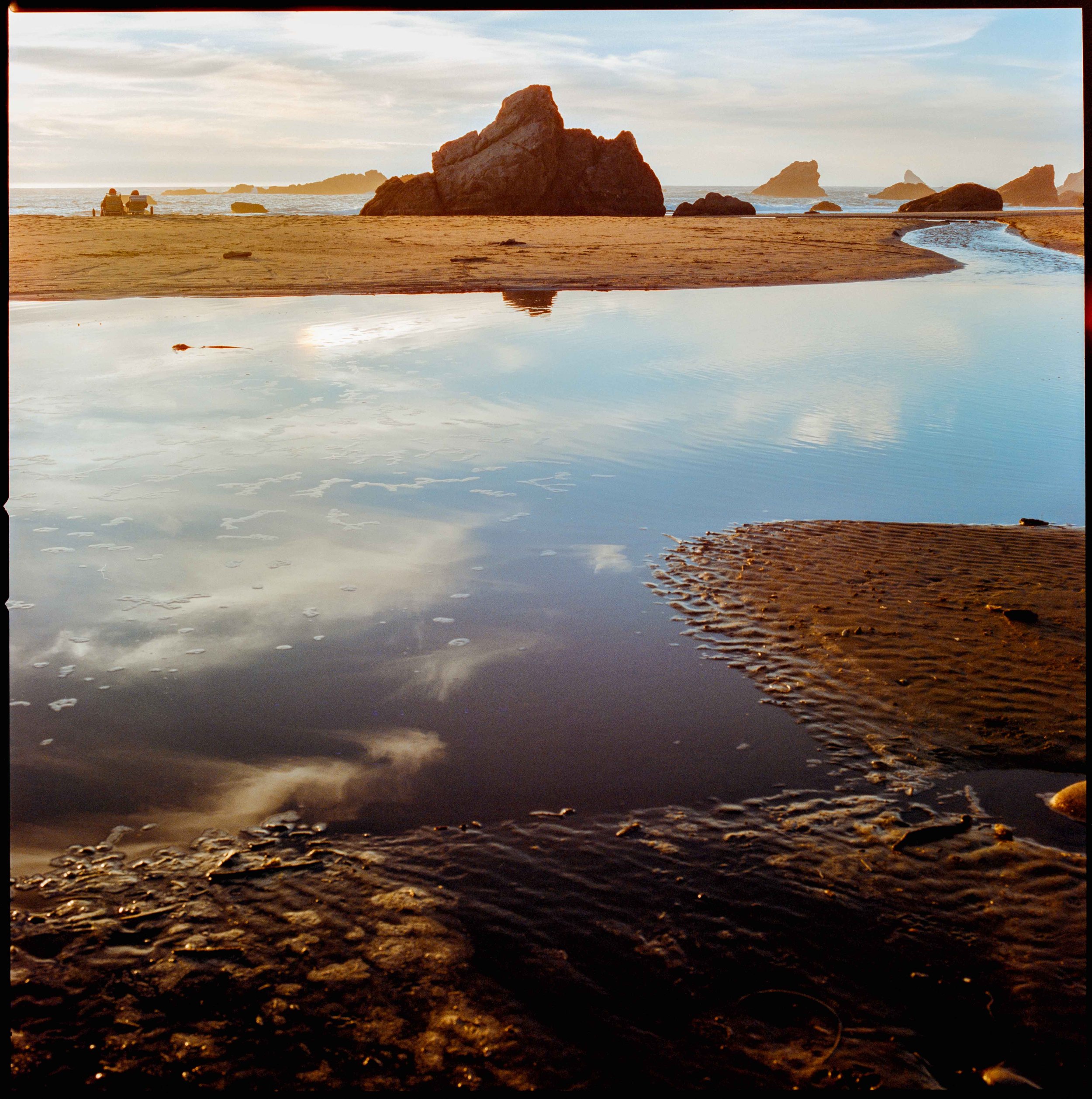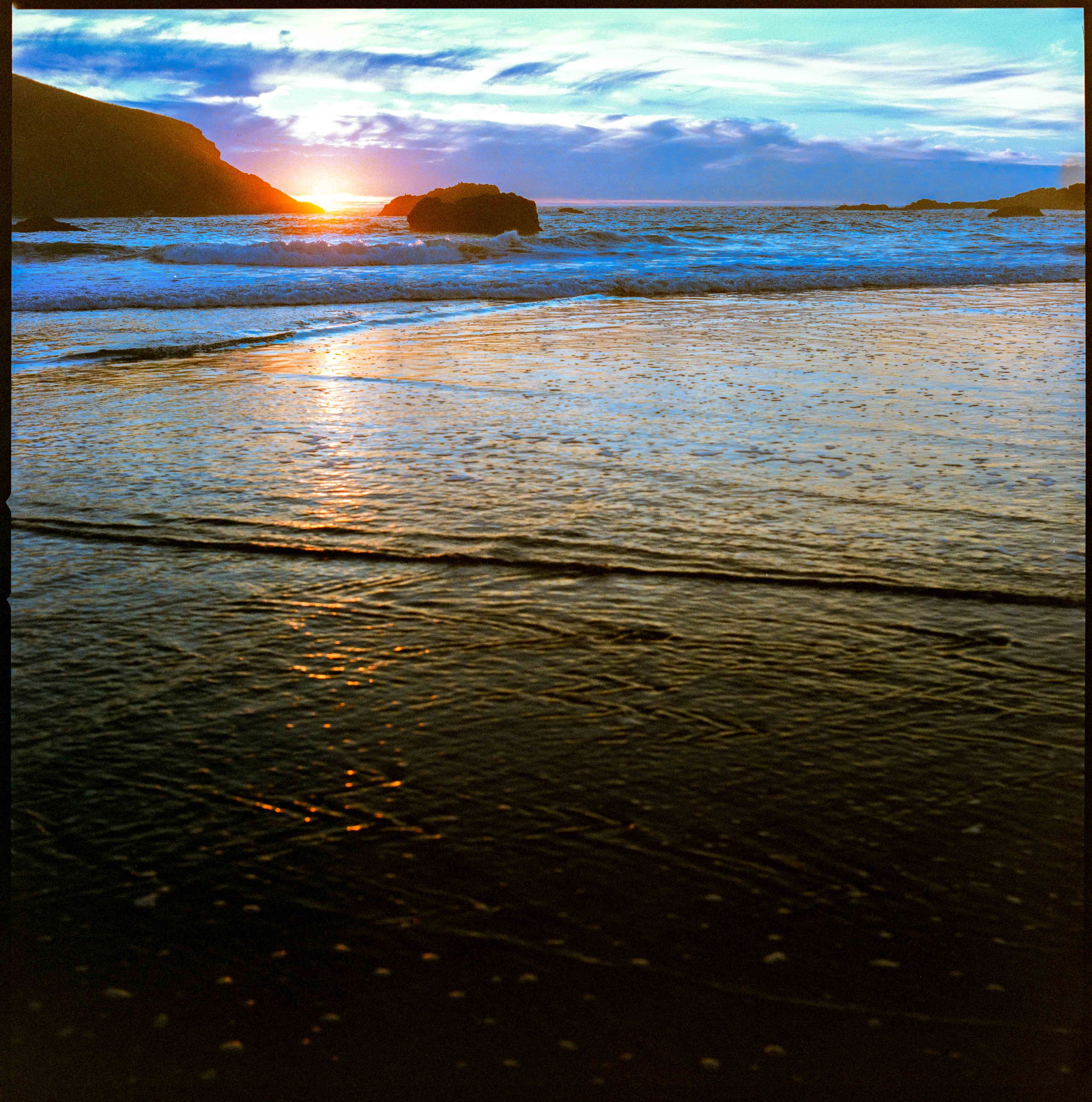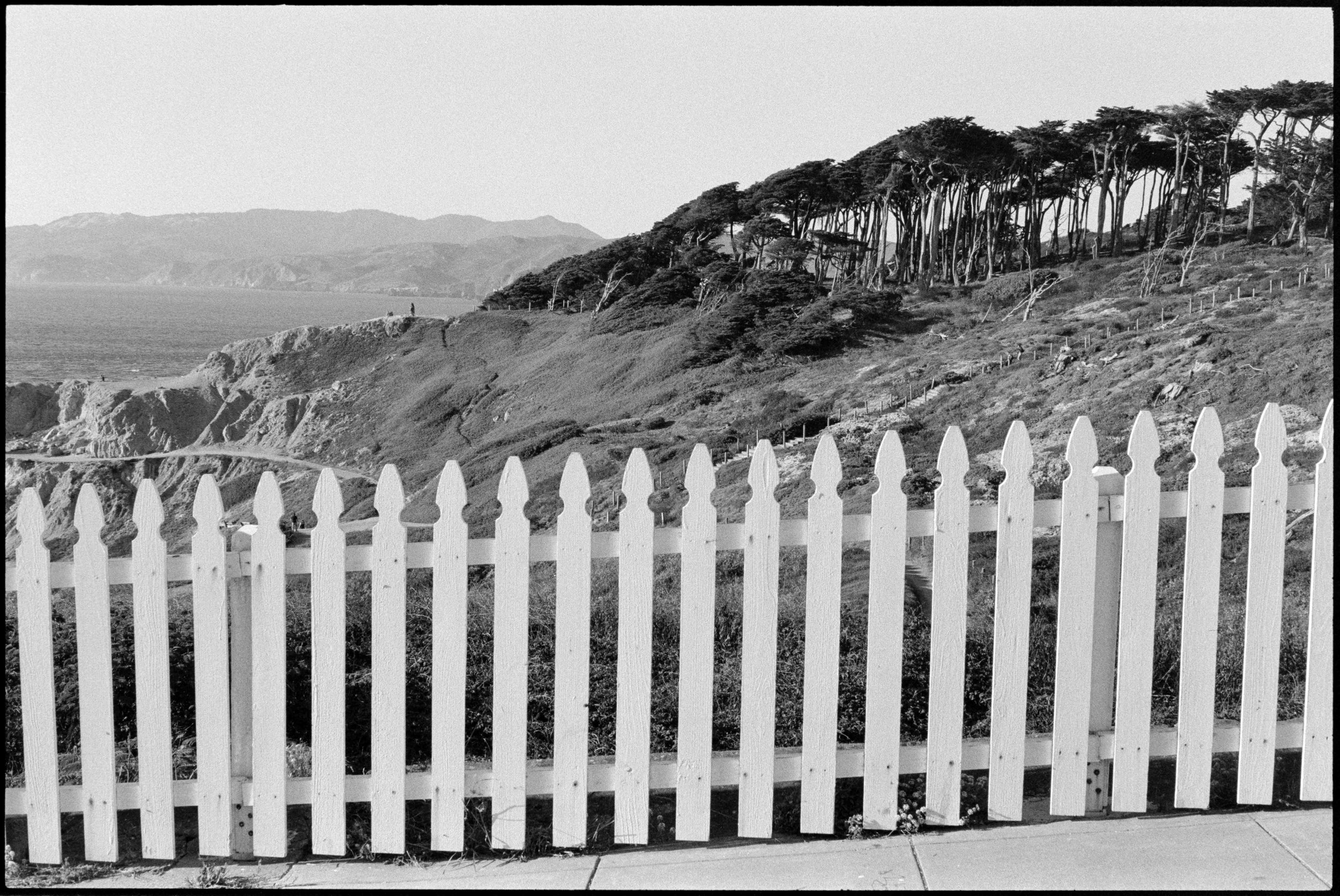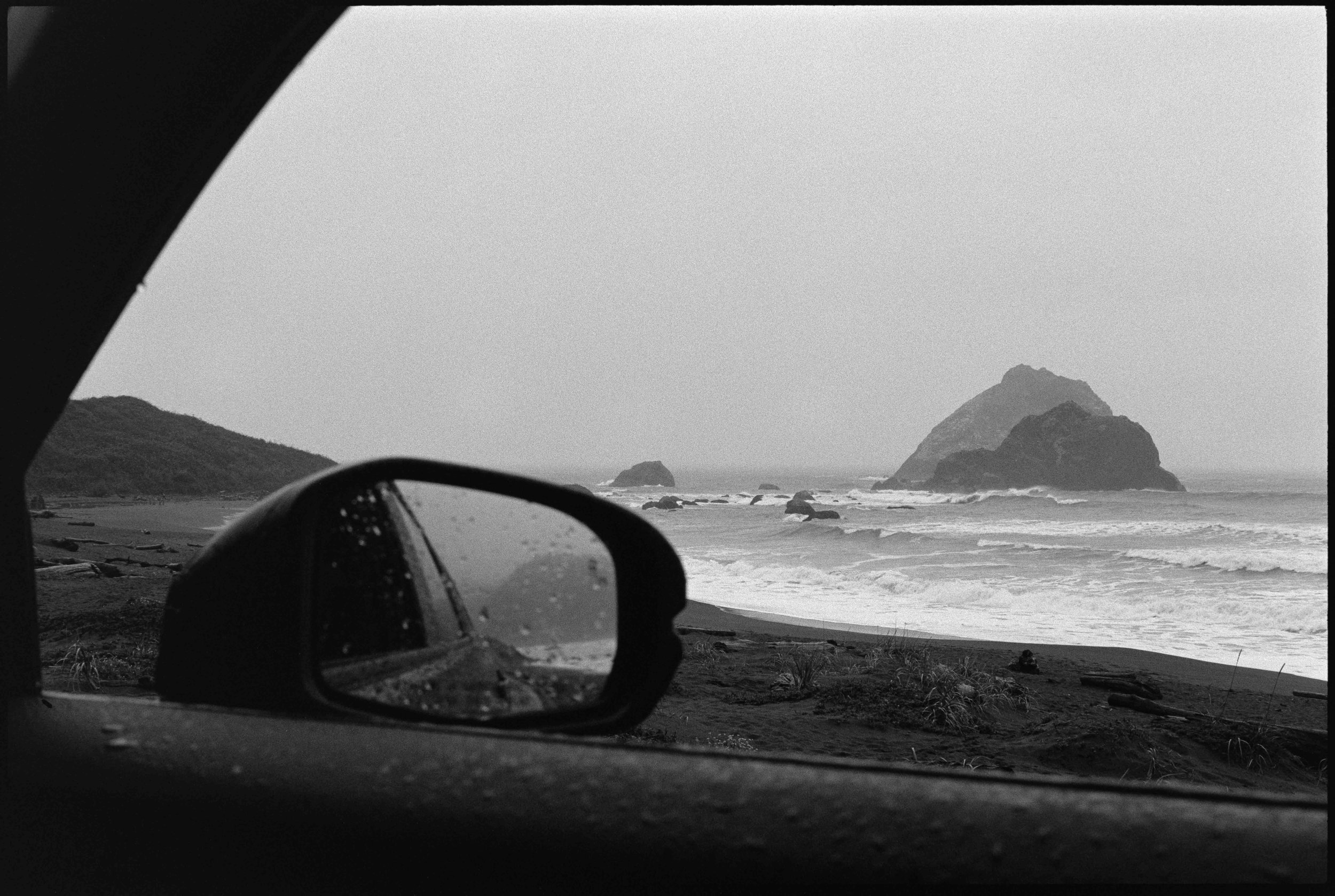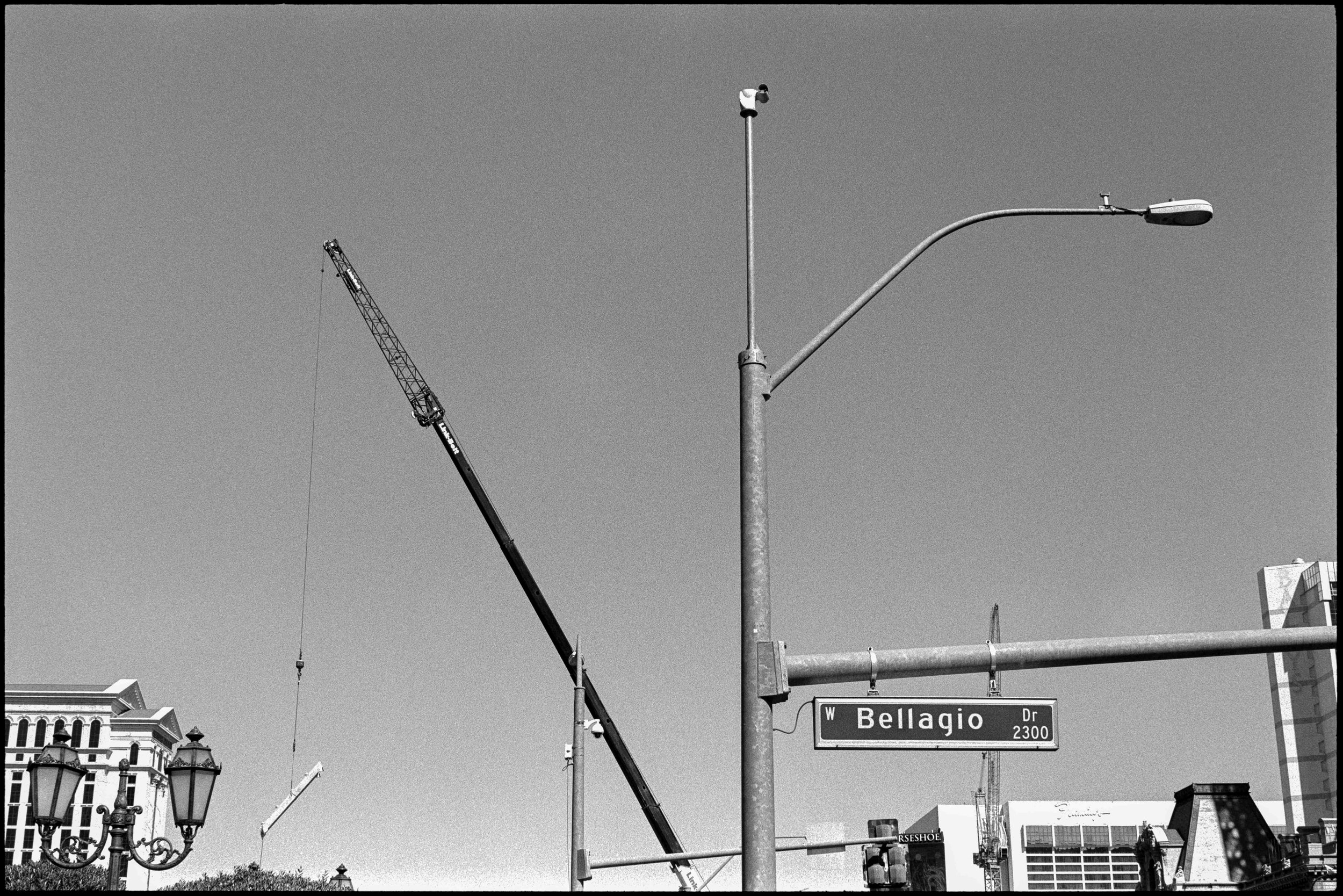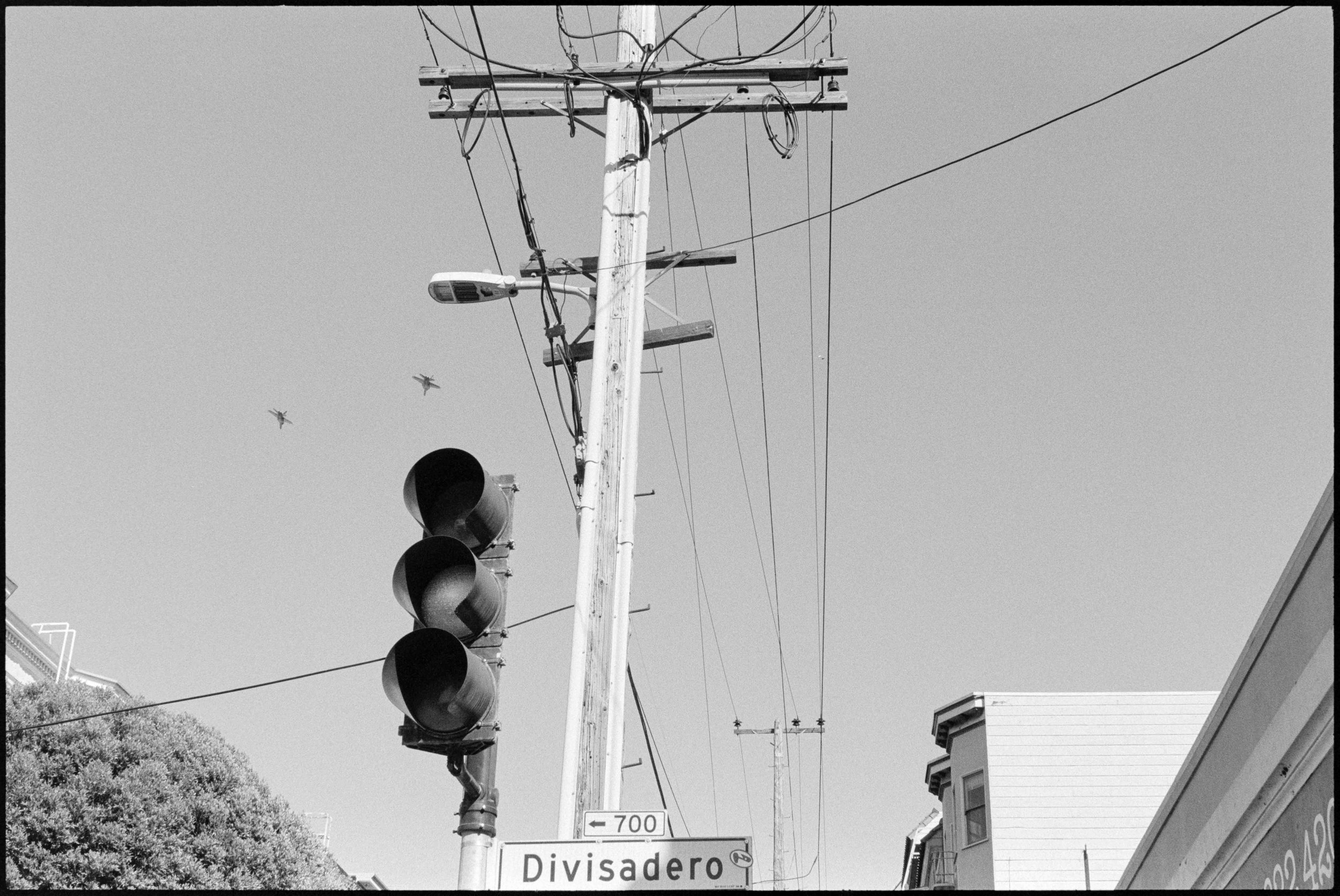I waited for this trip to come to me. Since my passport was out for renewal all summer, I didn't want to pre-emptively plan any international travel. So, I waited for (domestic) fall break inspiration. And waited. Then, one of my best friends invited me to Vegas for the first weekend of my break. That was all I needed: a start and a reason to get on a plane. From there, it was a bunch of one-way flights.
Since I could start my Fall Break a few days before the weekend, I added two nights in San Francisco. The flights to the West Coast and Vegas made more sense this way, somehow. From Vegas, I decided on a road trip down the Oregon coast to the Redwoods. Only in the road trip leg did I realize that I had planned a vacation with three ways that help me process: miles of walking in cities not my own, talking to one of my best friends, and hours on the road listening to music and podcasts.
I've written fondly about San Francisco on this blog many times. Since my first visit at nineteen, I've always felt connected to the place. Twenty years of academia later, I've realized that the connection I felt was historical imagining: I can feel as though I know a city I have never been to but have studied. My academic knowledge of the past can map the city, envision the architecture and attire, and imagine the place in different decades or centuries. I come to a location with some historical understanding, then layer my contemporary visual wanderings on top.
While 2017 was the last time I went to San Francisco, I have visited the city more than any other city outside my northeast corridor. Yet, I realized I had never been there alone. There was always a guy. This realization overlaps with a more significant realization about my adult life, but I digress. I wondered if my love of the city was about the place or the experiences with people. Had I conflated or confused what came from what? I decided to check.
I landed very early on Thursday morning, checked into my hotel, and headed to the Conservatory of Flowers. Then I stopped for a beer at Toronado, meandered through SFMOMA, and continued with miles of walking until sunset. The next day, I wandered down to the Mission at sunrise for two of my usual bakery stops: Craftsman and Wolves, and Tartine. Then, I stopped for an early morning visit to Pier 24 Photography. It was so enjoyable to spend hours with just photos; nothing else, just photos, everywhere.
Next, I trekked over to the Oakland Museum of California to see a bunch of photos. I last visited that museum in 2013; it's interesting, with a strange mix of exhibits. Finally, after another stop at Toronado, I decided to head out to the Sutro Baths. I go there every visit, and while I didn't feel like it this time, I went. I've decided it's some kind of pilgrimage. I climbed, I photographed. Then I watched the sunset from Alamo Square, near my hotel.
I walked 12 miles each day. I observed daily life in the spirit of street photography. I shot through rolls of film like I haven't since March. And, there was still the feeling I've always had for the city. I know it's hard not to like one of the country's most picturesque cities. But, yet again, I felt at ease and connected. It wasn't the people; it was the place and possibility.
On Saturday morning, I flew to Vegas. While I've been to Vegas twice, neither trip was conventional, and, apparently, I've never been on the strip. This was a somewhat unexpected realization; nothing and no one in my life had required me to go to Vegas (well, I had missed one family event due to a combination of the pandemic and my work schedule). Thus, I had to figure out my thoughts about Vegas. My take, which reflects my views on travel and culture, is that you should go to New Orleans instead—no further explanation.
While I say that, my friend and I had a fantastic time: we had dinner at Wakuda in the Venetian and Momofuku in the Cosmo, a half-day at the pool, watched the Phillies game at Circa, a nice lunch at Esther's Kitchen, and generally chilled out as much as possible. Both San Francisco and Vegas were unseasonably warm in the 90s and without a cloud in the sky. Honestly, I don't remember the last time I sat by a pool in the sun; usually, that's not my style. But it was excellent and so needed.
Monday morning, I woke up and took a two-hour flight to Eugene, OR. I barely researched this "road trip" part of the vacation; I mapped a bunch of stops and picked Airbnbs between Florence, OR, and Eureka, CA. The purpose of this leg of the trip was primarily photography, yet I enjoyed the whole feeling of movement that only a road trip can provide.
After my two-hour drive to the coast, I realized my east-coast driving style was so out of step. Why was no one speeding? Did they have nothing to do? Why weren't they in a hurry? I realized that I actually had nothing to do and nowhere to be. So, I calmed down, drove the speed limit, and took my time for the next six days.
I spent one night in Coos Bay, OR, and saw the sunset at Cape Arago State Park. The next day, I drove south for four and a half hours in the rain. While the weather made the stops down the coast a bit shorter, I did stop in the Redwoods in Orick. It was drizzling and misty, but it created all the atmosphere I wanted for photos. I tried my best between the raindrops and cleaning off my lens filter.
With some foresight, I had booked an Airbnb by the beach for two nights in Arcata. I was able to walk the beach for two sunrises and two sunsets. Walking became part of my writing routine this summer, and this habit has carried over into the Fall. I walked the deserted beach for hours in either direction. California beaches are unfamiliar to me; they differ from the South Carolina beach I know best. Maybe it was the fog, the wild dunes, the randomly creeping tide I wasn't expecting, the massive driftwood, or the ankle-high seaweed piles, but I had never seen it all quite like that. Perhaps this is why it's called the "Lost Coast." Now, I'm obsessed with the idea of seeing the rest of that specific coastal region.
From Arcata, I spent two nights on the way back north and stopped in a different part of the Redwoods. I spent the last night next to the beach in Oregon before flying out.
I had intended the trip to be a time of reflection. With a significant thing out of the way, I'm able to think about the rest of my life. This summer, during my "healthy-habits-only, focused, writing state of mind," I read most of Rick Rubin's The Creative Act: A Way of Being. It was the self-help-ish book I needed. While I'm hesitant to call myself an artist, I've always thought I was on the edge of the label as a teacher of many things and a just-for-fun photographer. Either way, I needed creativity this summer. One of his recommendations for artists is to change their surroundings. It doesn't really matter where you go; go somewhere different, and you'll have different ideas. I knew I had to travel for the break, and this trip allowed me the time and mental space to wait for insights and better ideas.
In recent months, I've been thinking about David Foster Wallace's 2005 Kenyon College commencement speech: "This is Water." I return to this quote in my head almost daily:
“The real value of a real education, which has almost nothing to do with knowledge, and everything to do with simple awareness...
It is unimaginably hard to do this, to stay conscious and alive in the adult world, day in and day out.”
At the very least, I noticed and looked as much as possible. I drove, walked, wrote, thought, meditated, and photographed. I saw light that made me smile uncontrollably. I wandered very, very slowly through giant, thousand-year-old trees in the rain. And, while I haven't solved all of the "big" life questions I've been thinking about, perhaps the start is there. Indeed, with space and time, there was insight.
